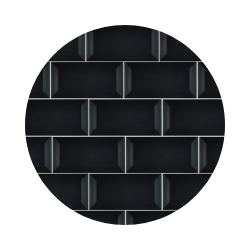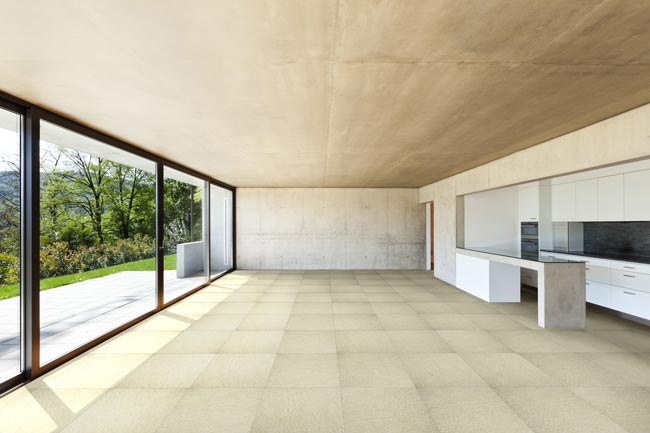Given the incredible range of available designs, collections and formats of tiles, it can be an overwhelming process when choosing tiles to revamp your home and especially for a brand-new home.
Because this process is tricky and frustrating, there are two factors to consider when buying tiles that will assist in streamlining your available tile options.
The first aspect to consider when looking for tiles is the application of the tile. Do you want the tile for indoor use or for outdoor use?
Indoor or outdoor use is the very first distinction that needs to be made. Ceramic tiles that are installed in exteriors should meet certain safety regulations, especially with regards to slip, frost and thermal shock resistance. Furthermore, the tile selection depends on the type of outdoor area such as pools and poolside’s, lawns or other landscapes.
Across the board, tiles used in any outdoor setting should have a slip resistance coefficient greater than 0.4 when wet. This is often expressed as an R rating. A ratio of R11 or more is recommended for poolside’s. Many popular styles of tiles for exterior mimic the textures of natural stone. Monolithic format tiles that require no grout are also a good choice for the outdoors. Wood look porcelain tiles that are 20mm thick can also be used.
Meanwhile, interior floors require fewer constraints, and you can choose tiles based purely on aesthetic considerations. Although floors also play an important aesthetic and decorative role for interior design, it is important to note that not all tiles can be used for flooring. Floor tiles must be able to withstand continuous stresses. Other factors to look for when selecting tiles for flooring requirements are abrasion, chemical and stain resistance.
The second major factor to take into consideration when purchasing tiles is the size of the tile that you require.
Determining what size tile you require, depends on the overall design of a space. Larger-scale tiles can make a smaller room seem bigger. Sometimes smaller scales are preferable for more traditionally styled spaces, however, with more modern, minimalist spaces, large format tiles can make an impact.
Large format tiles such as the 90 x 90 cm or 120 x 60 cm sizes are increasingly popular. The require less work to install and are particularly useful when tiling walls and floors.
Regardless of the size of the selected tile, it is advisable to order at least 10% more than what is necessary for the project. Not only for accidents or breakage during a project, but as spares after the floor is complete as well.
Need more advice on what tiles you want to fill your home with? Visit your nearest Tiletoria store and our sales representatives will be more than happy to advise you on which tiles they think will be best suited to your application.







